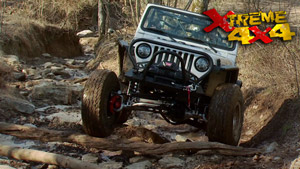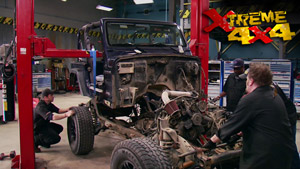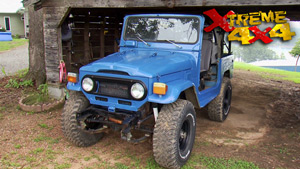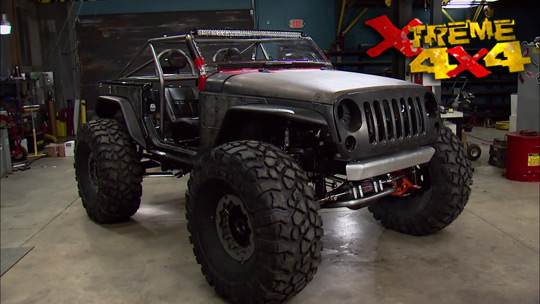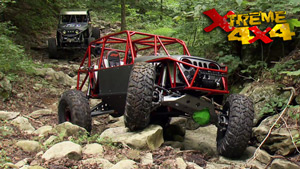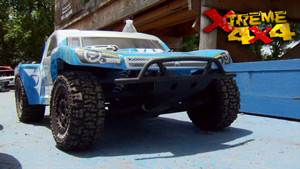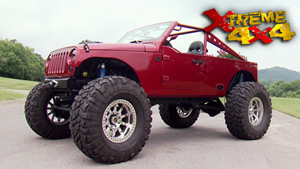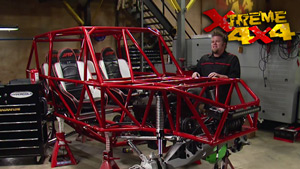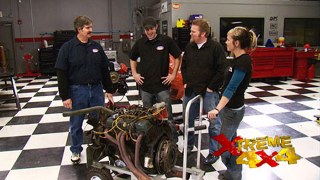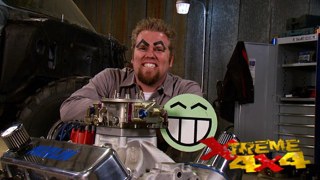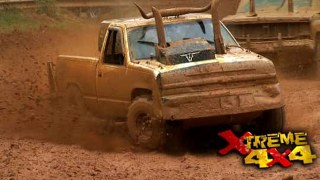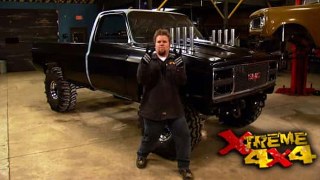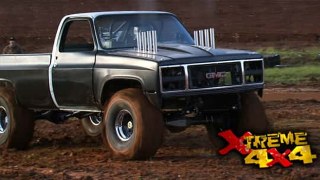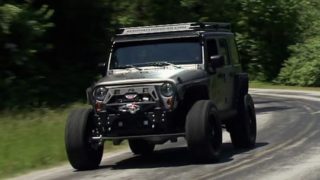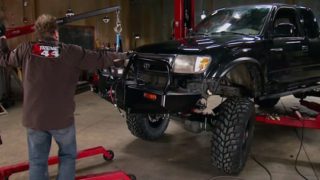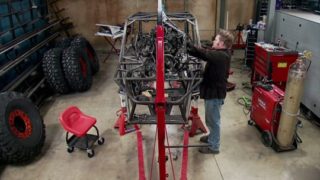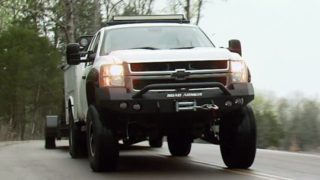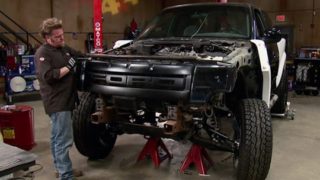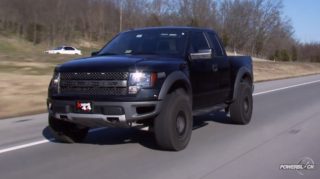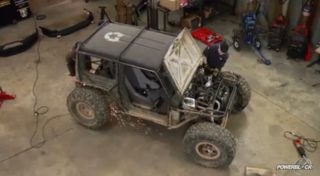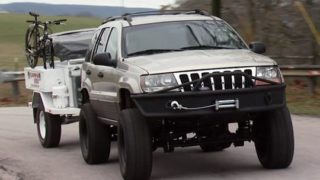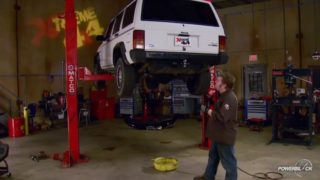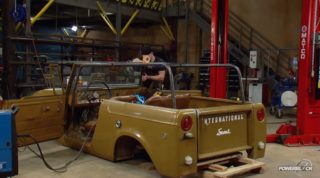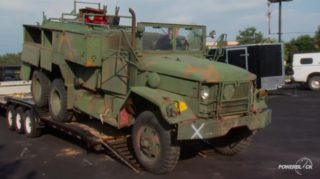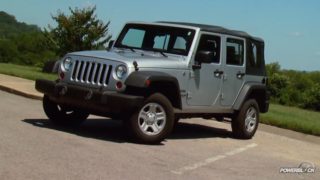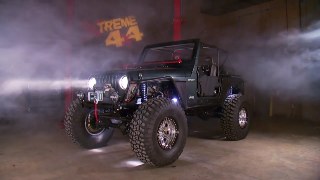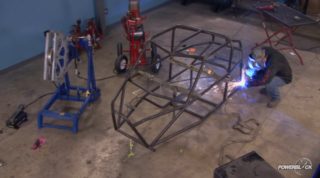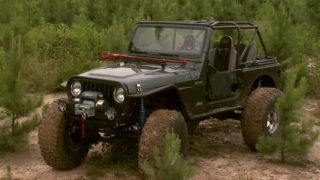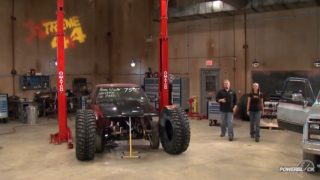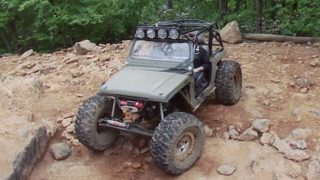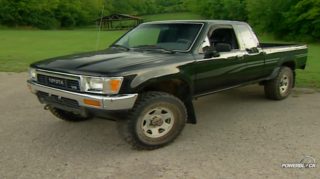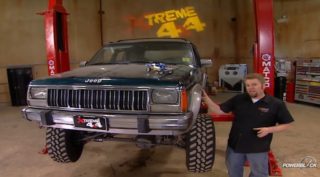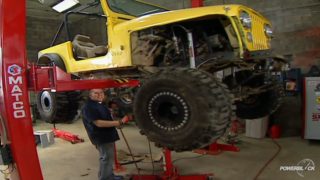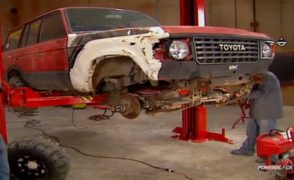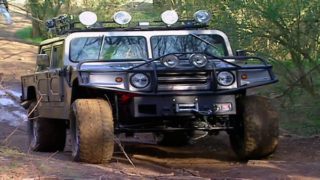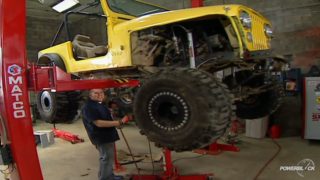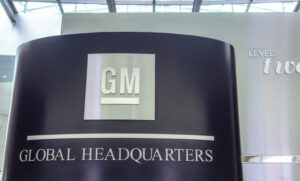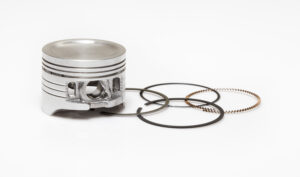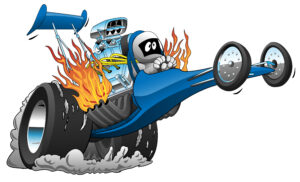More Mud Truck Episodes
Xtreme 4x4 Builds
Want more content like this?
Join the PowerNation Email NewsletterParts Used In This Episode
Auto Meter
5" Pro-Comp single range 0-9000 rpm tachometer, Pro-Comp liquid filled mechanical water temperature and oil pressure guages.
CTM Racing Products
CTM U-Joints.
Interco Tire Co.
15/39.5-15 Super Swamper TSL, 18/39.5-15 Super Swamper Bogger.
LMC Truck
Rear spring hangers, door shell rh and lh, front fender lh and rh, cowl induction hood steel, grille and radiator support, 8 ft. bedsides lh and rh.
Randy's Ring & Pinion
Yukon 9.0" HD 3.250" Race Nodular iron dropout housing case. Yukon high performance spool, 5.13 gearset, Oversize aluminum pinion support, billet yoke, complete bearing and shim kit.
Rough Country Suspension Systems
Front leaf springs, u-bolts, polyurethane bushings, 4 Rough Country Nitro 9000 series shocks, rear springs and installation hardware.
Spidertrax
All Spider 9 Axle Housings are 65" long (plenty of axle tube to cut to size) and are available with forward engine third member orientation or mid-engine third member orientation (as used in mid-engine competition rock crawlers). All housings are designed to work with Ford 9" style third members. The Spidertrax 1 Ton Full Floater End Cup Kit makes it easy to build your Spider 9 Housing into a competition grade full floating rear axle. Each cup is designed to press fit onto the Spider 9 housing w
Spidertrax
All Spider 9 Axle Housings are 65" long (plenty of axle tube to cut to size) and are available with forward engine third member orientation or mid-engine third member orientation (as used in mid-engine competition rock crawlers). All housings are designed to work with Ford 9" style third members. The Spidertrax 1 Ton Full Floater End Cup Kit makes it easy to build your Spider 9 Housing into a competition grade full floating rear axle. Each cup is designed to press fit onto the Spider 9 housing w

